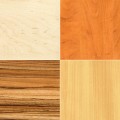Floor Covering Options for Radiant Heat Flooring
Whether you are stepping out of bed early in the morning or just getting out of a hot shower, showcasing radiant heat flooring in your bedroom or bathroom can help any space seem comfortable and cozy all year long. Once you know you want to use radiant heating in your home, it is imperative to understand how radiant heat flooring works and what flooring options are compatible with the technology.
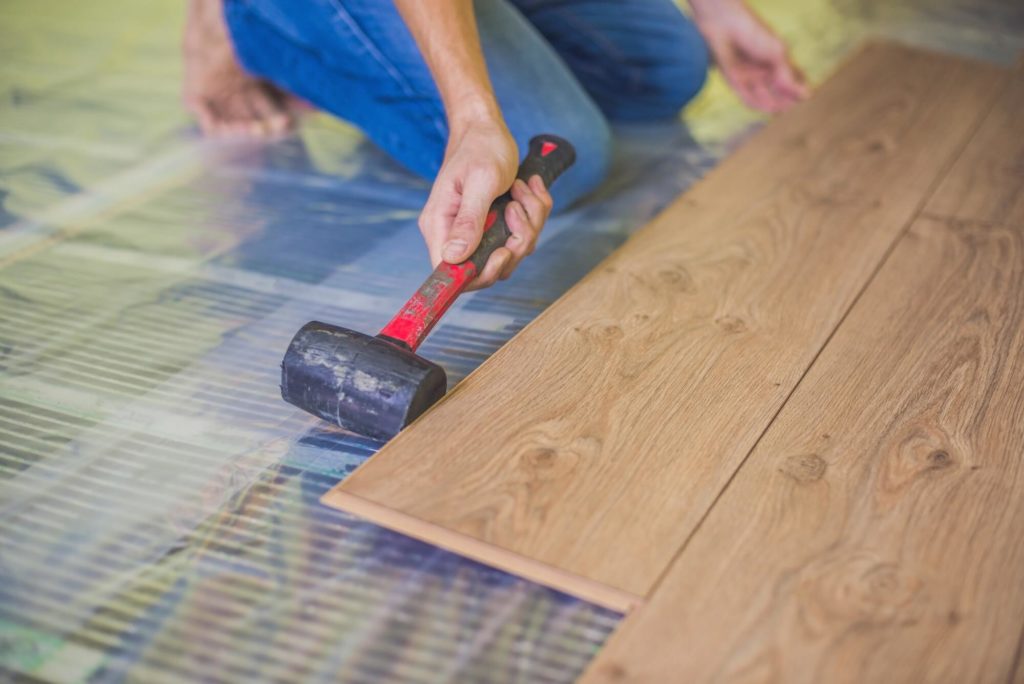
What Are Radiant Heat Systems
Radiant heat flooring is a thin floor underlayment that uses electrical wires or hydronic tubes to warm up the flooring installed over the electrical system, ensuring every step you take in the home is warm. Once you understand the basics, it is easier to select a flooring to use in every room. It is most frequently used in tandem with hard flooring that is van otherwise be very cold beneath the feet, such as ceramic, porcelain, and natural stone tiles.
Flooring Options for Use with Radiant Heating
When it comes to selecting a material to use as flooring over your radiant flooring system, it is all about conductivity. Tile, natural stone, and even vinyl can be taken to the next level when featured over a radiant heat flooring systems. Browse these suitable types of flooring:
Ceramic and Porcelain Tile
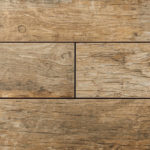
Ceramic and porcelain tile are a favorite for use with radiant flooring and are the most popular choice when radiant flooring is featured in a bathroom. For the best results, use radiant flooring with tile that measures three quarters of an inch thick or less. Thicker tiles will still work and conduct the heat effectively, they just take longer to warm up in the first place, which can be a challenge if you have a tight morning routine.
Both ceramic and stone tiles are excellent conductors, making it easy to achieve consistent temperatures across the entire floor. Tile isn’t just desired because it is ideal for use with radiant flooring, it is also incredibly durable and easy to maintain. This highly conductive material warms up almost the instant the radiant heating is turned on.
Stone

When you want to add a more natural element to your home, choosing stone tiles is another route to take. The different types of stones offer different levels of thermal conductivity. Marble is a good choice but it can take a while for marble floors to come to temperature. Choose slate or flagstone instead and you’ll have floors that warm up in a matter of minutes while remaining durable enough to look great for many years to come. Because of the natural properties of stone, it continues to stay warm even after the system is turned off for far longer than ceramic or porcelain tiles.
Laminate and Engineered Hardwood
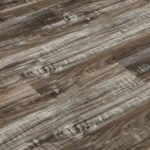
Laminate flooring and engineered hardwood have become popular alternatives to much more expensive wood floors because they offer a similar look at a fraction of the price. Because it is a man-made material and the manufacturing process can vary so greatly from one manufacturer to the next, it is recommended that you check the information about the individual product you are considering to see if it is suitable for use with radiant floor systems. Of course, if it just the look of wood you’re going for, wood-look tiles are also a fantastic option.
Wood
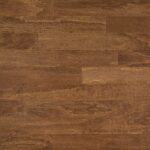
Wood is one of those materials that varies greatly from one species to another. If you are considering adding a radiant heat system under your hardwood floors, take the time to do your research on the various types to ensure you choose the best one for the job. Typically, the dense, kiln-dried woods are stronger and more conductive but make sure to choose a thinner design to allow it to warm up quickly. If you do use wood flooring in tandem with radiant heat, make sure to keep the surface temperature of the wood below 80 degrees as to prevent any damage to the wood. Bamboo, parquet floors, an soft woods are all options but make sure to check with the individual manufacturer for compatibility with radiant heating to be on the safe side.
Vinyl
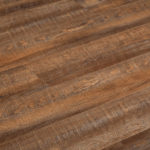
Vinyl flooring, like laminate, offers a much less costly alternative to expensive hardwood flooring. The main difference is that it is waterproof, making it a flooring that can run from the front door right through all the rooms of the home, including kitchens and bathrooms. Vinyl flooring is typically a suitable choice for use with radiant heat but it is still a good idea to check with the individual manufacturer for any information they provide on the topic. Most of the time, the surface temperature of the vinyl needs to stay between 70 and 85 degrees with radiant underlayment to maintain the integrity of the material.
Carpeting
You can enjoy softness under foot while still keeping your toes toasty if the proper installation process is used to install radiant heat beneath a carpet floor. The main consideration is to choose an underlayment that does not provide insulation properties. For the best results, make sure the total tog of all the materials and layers used in the installation process does not surpass 2.5 tog or you will not notice the full benefits of the radiant heat system.
Ceramic and porcelain tile will probably maintain their status as the most popular pairing for radiant floor systems, especially in bathrooms, but that doesn’t mean that the choices stop there. This toasty addition to many home construction and renovation projects can be used with a wide variety of flooring types, making it easy to achieve the look you want in the space while still keeping it warm, comfortable, and inviting. It is highly recommended that you leave the installation of one of these flooring systems up to the professionals, as much care must be taken to ensure the radiant underlayment is not damaged in the installation process and that all portions of the system are working when that last piece of flooring is laid.




